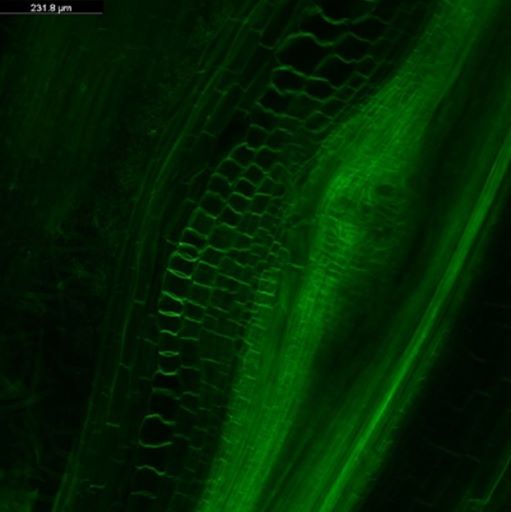PS Seminar: PhD Exit Seminar - Investigation of the role of root flavonoids in the interaction of chickpea with nitrogen-fixing symbionts and parasitic nematodes
Legumes can get infected by both symbionts and parasites, often concurrently, in the field.
Speakers
Event series
Content navigation
Description

Abstract: Legumes can get infected by both symbionts and parasites, often concurrently, in the field. Rhizobia (Mesorhizobium ciceri)-legume (Cicer arietinum) symbiosis and rhizobia-nematode (Meloidogyne javanica) parasitism are linked as there are commonalities during the early signal interaction between host roots and both microbes. For example, attraction of rhizobia to the root and the activation of nodulation genes are controlled by exudation of flavonoids from the legume root into the soil. Movement of nematodes into the root can also be affected by flavonoids, although flavonoids generally have a repellent activity. In addition, the two interactions are expected to compete for nutrients in the root. Previous studies have generally found negative interactions of symbiosis with nematode parasitism in legumes, however, it is not known if this is the case in chickpea, a major grain legume grown in Australia. In addition, it is not known to what extent flavonoids control the early interaction of the root with rhizobia and root knot nematodes. Therefore, we hypothesised that rhizobia and nematode parasitism have an effect on each other in the plant, possibly through the induction of specific flavonoids that control the early interaction with both organisms.
Rhizobia induced some specific flavonoids when they infect the plants. They are 2’-O-methylisoliquiritigenin, naringenin, formononetin, 7,4’-dihydroxyflavone, liquiritigenin, isoliquritigenin and kaempferol. In contrast, nematodes induced 6,7,4’-trihydroxyisoflavone, afromosin and morin. Interestingly, most of these flavonoids were not induced when both these organisms infected the plant together. This implied that the flavonoid production of the host is altered when rhizobia and nematodes infect plants concurrently. Nodulation gene induction assays showed no significant effect of any of the induced flavonoids as nod gene inducers. Motility assays with nematodes found only one flavonoid with inhibitory activity, but only at very high concentrations. Phenotyping results revealed that the symbiosis with rhizobia had no effect on parasitism and vice versa in plant growth assays. Evaluation of root and shoot biomass, seed yield numbers of infection structures (nodules and galls), amount of fixed nitrogen and total nitrogen showed no significant changes with inoculation of rhizobia or nematodes, inoculated in any order. In addition, short term experiments to evaluate the number of early infection structures found no evidence that infection of roots with rhizobia and nematodes together altered the number of infection structures compared to roots infected with each organism alone. Altogether, this thesis found no evidence of interaction of rhizobia and nematodes in roots of chickpea under the conditions tested, and no evidence for the role of chickpea root flavonoids in the early signaling with rhizobia and root knot nematodes.
Biography:
I am Upul Vithanage and am passionate about plants and their interactions with microbiome. I studied agriculture and animal science for my BSc and MPhil degrees at the University of Peradeniya, Sri Lanka. I have applied my scientific knowledge, skills and capabilities through employment in agricultural research and technical roles in Australia and Sri Lanka.
Location
Eucalyptus Room, Rm S205, Level 2, RN Robertson Building (46)




